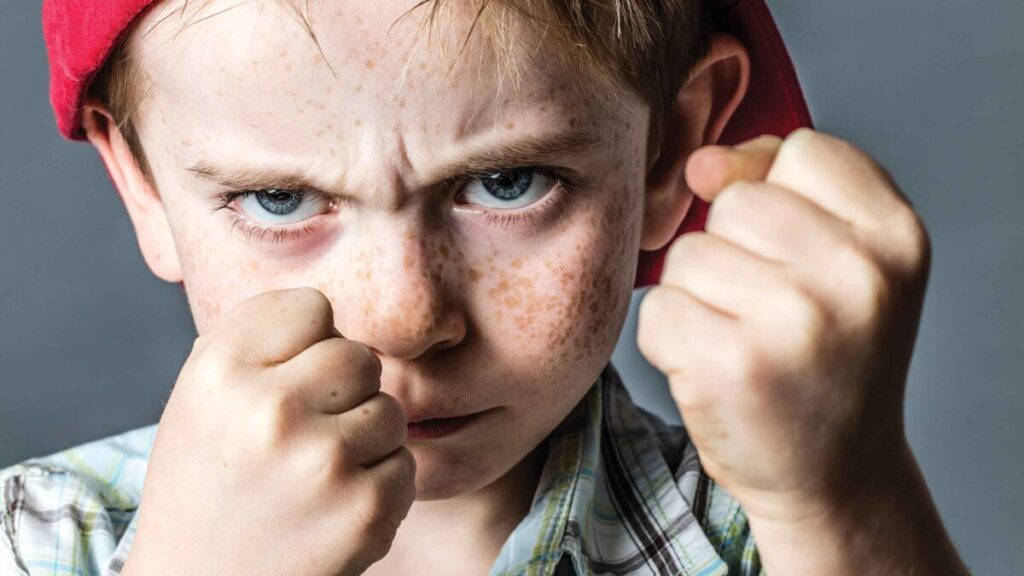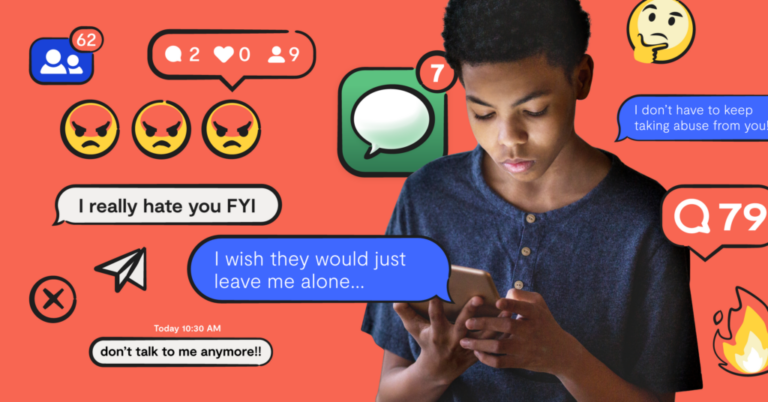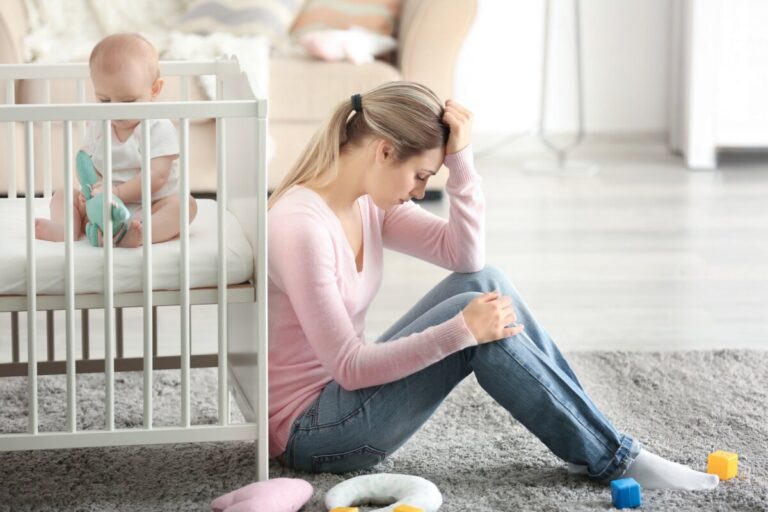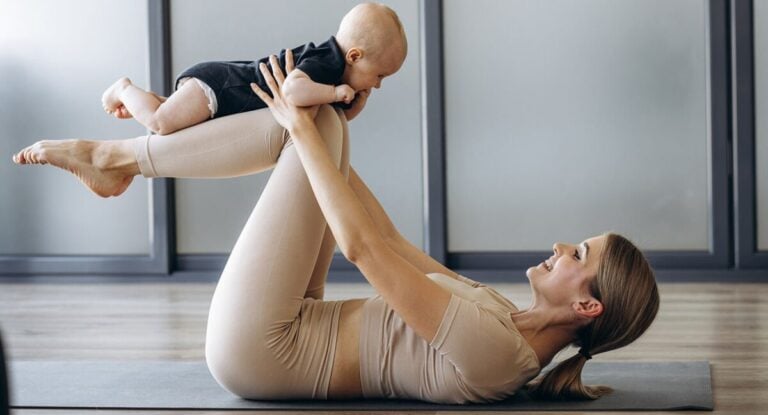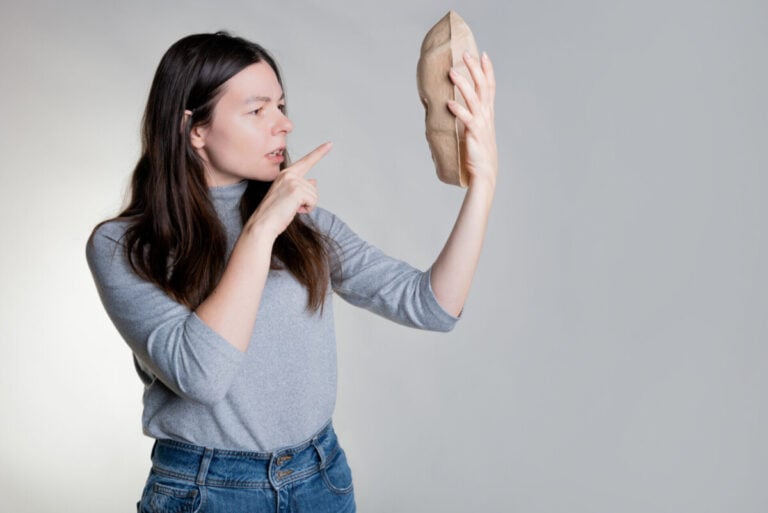Child psychosomatics differs from adults in that up to a certain age the child is very closely connected with the mother and if something happens in her life, in her thoughts, in her psyche that she cannot cope with, then the child’s body can react.
The connection between mother and child under 3 years of age is almost one hundred percent. The baby feels his mother’s condition as his own. If mom is worried the child will also experience anxiety, but if the mother knows the reason, then the baby does not understand why this is happening, he just feels everything. The child’s body is very plastic; it reacts to conflicts in the psyche much faster and more acutely than the mother’s. The body of an adult is stronger and more stable, even rigid, so it often happens that the situation happens to the mother, and the child is “sick” (resolves the conflict).
In addition, nature works in such a way that if the mother dies, the offspring most likely will not survive. So our offspring do everything to alleviate or completely neutralize their mother’s biological conflicts.
In my work, I often encounter the fact that a mother begins to feel guilty about the child’s serious condition, and this deprives her of strength. But this situation can be looked at from a different angle. In order for the child to be healthy, the mother just needs to be happy, isn’t that wonderful? It’s much easier and more pleasant than wandering around hospitals and getting different appointments, often not the most pleasant ones.
0-3 years
Mother and child are literally one. The baby looks at the world through his mother’s eyes and reacts with his mother’s reactions. Feels mom’s condition 100%.
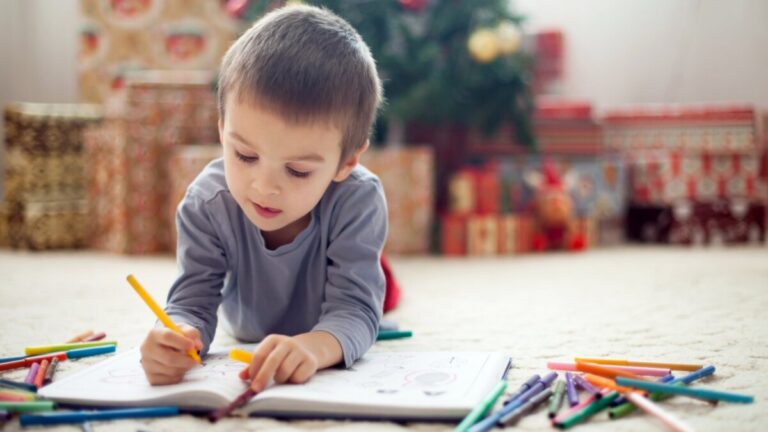
If at this age a child begins to “get sick”, then you always need to deal with what is happening to the mother.
Remember, if the mother is on edge, nervous and wants to put the baby to bed as quickly as possible, then he will definitely not fall asleep, will be capricious, shudder and will not let his mother go.
The mother is tense – for the child it is a signal that he is in danger; the mother will ensure his safety – a vicious circle.
And if something more serious happens to the mother, acute or chronic stress, then the baby will not just be nervous and anxious, but may actually start to get sick, literally reacting with his body to what is happening in the mother’s psyche. This is what childhood psychosomatics is like.
3-7 years
The child may have his own stories to which he will react physically, but as a rule, they are insignificant and not deep.
Continues to feel her mother and solve her problems 100%.
7-13 years old
Your own conflicts become more significant. Here a child can “get sick” because a teacher yelled at him or a friend betrayed him.
Now let’s look at examples
My son was about 5 years old, I recently learned about modern psychosomatics, the psidvanol method and began to practice this approach.
So, my son coughed and his voice died. In the evening before bed, he and I have time when we chat about everything, read books and cuddle. That evening I began to ask him what had happened during the day that now he had such a voice. Knowing the possible reasons, I asked a direct question: “Who didn’t hear you? Who didn’t you shout to?” He immediately began to talk very emotionally about how he took a book with him to class and wanted to read during recess (in fact, then he had just learned to read and had not been noticed with books, but now he decided to show off).
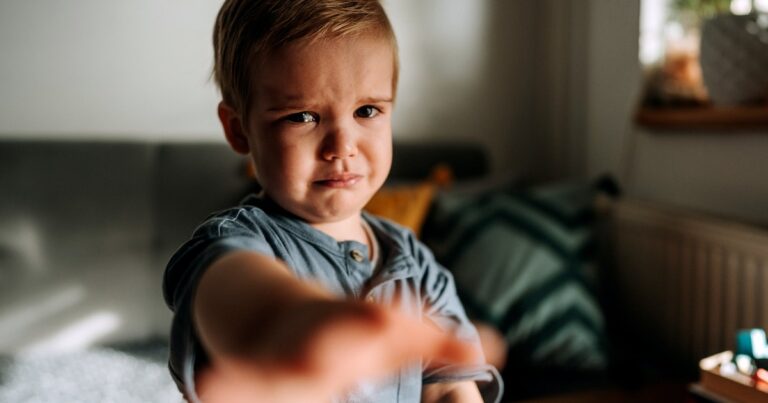
But during recess everyone started running and screaming, my son asked them to be quiet, but no one, of course, heard him. While telling this, the baby returned to that state; it was clear that he was very angry and felt helpless.
The following is our dialogue:
– I told them to be quiet, I want to read, but I can’t do anything in such noise!
– Were you very angry at that moment?
– Yes! They didn’t listen to me!
– Felt helpless, like you couldn’t do anything.
– Yes! (tears flowed)
– Okay, come on now, imagine that you are there again, but this time I give you a magic remote control. With this remote control you can control your classmates, you want to turn the volume down, you want to turn it up, you can even pause it, see what funny poses they freeze in.
– (laughs) Oh, mom, my voice is cutting through.
Miracle? Let me tell you what happened from a psychosomatic point of view. At that moment, when my son was in developmental classes and his classmates did not hear him, it was unexpected, dramatic for him, and he experienced it in isolation.
Remember these criteria from the first part of the article?
When he and I were playing with the control panel, the situation in the classroom was devalued, it stopped being dramatic, it became funny, which means the body no longer needs to fight, which means there is no need for an emergency program. It instantly switches off and the body recovers.
If for some reason it is difficult for a child to talk about what happened to him, you can use the technique of transferring his experiences to a toy, dissociation.
I really love this method, it allows you to understand what is happening inside a little person, even if he himself does not fully understand it.
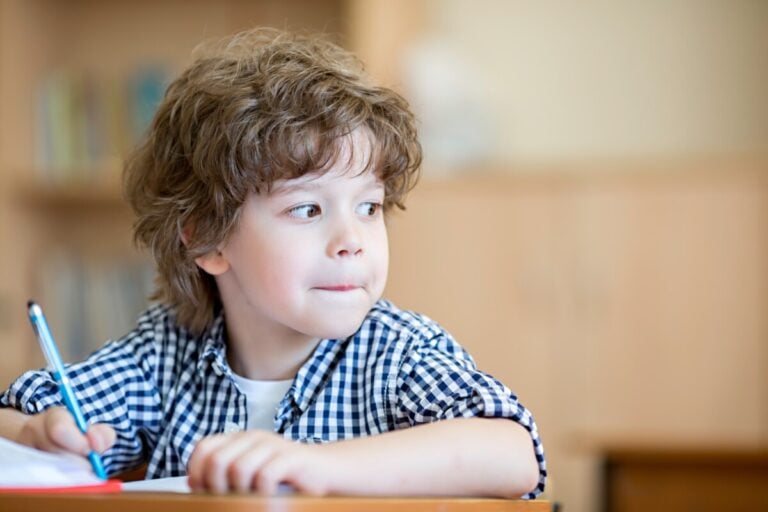
Take several toys, figurines, whatever your child is currently playing with. Mine has ninja figures from a construction set.
And you begin to compose a story together, the formula is something like this: Once upon a time there was a little ninja (bunny, car, robot) who looked like you, he went to his classes at the school of young ninjas (add circumstances from your child’s life, from his possible conflict situations). He really liked it there, and usually everything was fine, but that day something unusual happened… what? – give the floor to the child. Most likely, he will project the situation that happened to him.
– The little ninja wanted silence, but no one listened to him, everyone made noise and fooled around.
– Yes, he was very upset, he felt powerless (reflect his feelings)
– He shouted at them to calm down and not interfere, but no one listened to him!
– And this student became increasingly angry.
-…..
– but then someone who can help the little ninja appeared (pause if the child does not answer), you ask: – Who could it be?
– Sensei Wu!
– Exactly! Sensei Wu comes and says (we pass the initiative to the child)
In the context of solving a symptom, both are appropriate. But for me personally, the second option is preferable, from the point of view that it introduces evolutionary development into a conflict situation.
In the first case, the child remains a passive participant in the events; someone stronger does everything for him, just as in the example with the remote control described just above.
Those. the baby does not improve his skills, he relies on external help, I repeat, this is also OK.
In the second case, the so-called locus of control shifts from external circumstances to internal capabilities. The child understands that in this situation, it is not necessary to redo the circumstances, to make everyone obey my wishes. I can do what is important to me now and in such an environment, for this I need to work on myself. Find your magic way of concentration.
What has not yet been said, but should be known
A child, being in connection with a parent, experiences significant dependence on him and is, as it were, a continuation of his parent. The younger, the stronger the connection. From the umbilical cord, breastfeeding, the inability to move without a mother and beyond. To get into kindergarten, you need a parent – in the end, the role of the parent is key. There is a lot of need for security, which is necessary for a child to go into the world boldly.

If a parent is very worried, for a small child this means that “the whole world” is worried. And the child’s psyche is not yet able to analyze complex patterns, so it reacts through defenses. Psychosomatics can act as one of them.
He signals through himself about the problems that exist there. The function of the family system is to maintain its homeostasis. Roughly speaking – balance. For example, a child gets sick, gets hurt, and there is a protracted recovery, so that the parents come closer together with the goal of healing. Worry together and put your disputes in second place. When there is a desire to “bring together” parents, complex illnesses often occur. If you want to “be with your parent”, those that require inevitable presence.
In my practice, children demonstrated illness quickly, almost at the moment of a quarrel. And this is not a simulation, the psyche included anxiety, which was reflected in the body’s weakest organ or area as a sore or visible illness.
The second variant of systemic diseases is when it is impossible to tell a parent about something: the child is shy or it is difficult to open up due to various circumstances. But he needs support, something he cannot give himself.
And then the disease comes to the fore. The mother provides assistance and the child feels safe again.
In dysfunctional families, or where there is “triangulation” – the inclusion of a child in a triangle of communication – illnesses also serve as helpers.
Or the mother really misses her ex-husband, the child’s father – subconsciously wanting to help the mother cope, the child begins to psychosomatically replace the father. This could be a similar illness, or some kind of adult actions that can lead to a “breakdown” due to a shift in roles, too much role significance, because an adult can be a husband. And he is a child.
One of the most common causes of psychosomatics in children is giving mom something to do. If a parent is not fulfilled, has not found a job they like, or suffers from loneliness…then treating the child is something that makes a lot of sense. Such children have a difficult time recovering and get sick more often.
The severe stage is delegated Munchausen syndrome: a parent (most often the mother) can cause symptoms of the disease in the child by using drugs or physical manipulation. Not always consciously.
Research which of the following may be similar to your family history?
Thus, the disease is capable of: bringing you closer, helping, asking for help, being under the wing of care.
Children are very impressionable and suggestible, which is why their impressions can be equated to a real disease. What is important to remember.
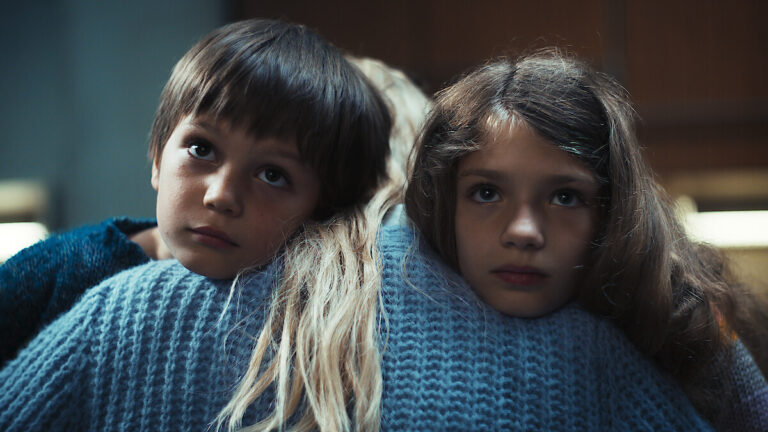
I would like to give another look at the psychosomatics of children, according to Alexander, where the disease lies in three vectors: the desire to receive, the desire to preserve, the desire to delete.
Where allergic skin diseases indicate a violation of contact with family, shouting: “Don’t touch me! Don’t violate my personal boundaries!” Parents in such families do not respect the child’s personal space and opinion.
Enuresis as a way to express fear, to remove parental criticism or excessive severity from your inner world.
It is worth remembering that psychosomatics is based on 4 levels, at which the psychotherapist will have his own work:
First, an experience appears that can either be processed by the psyche or not. Live, speak out, decide, treat circumstances differently, cry, etc. At this level there is no disease.
- If it is not possible to survive, then suppression of emotions and thoughts occurs. And tension appears.
- When tension is not resolved, periodic pain appears on the bodily level. Or other symptoms (repeated)
- If it is not resolved at this level, then the bodily reaction turns into chronic tension of low intensity. It is what it is – but it can be tolerated.
- Disease. It is difficult not to notice and not to treat.
In conclusion, I will say that it can be easier to think about illness than about the real problem. Not only children who “bring” the disease to the parent, giving him a solution. That is why “a child is a symptom of the family, because the parent’s function is to protect, but somewhere this has become disrupted.
But also adults who, through various psychosomatic manifestations, continue to turn a blind eye to something more.
Summarizing all of the above
If a child is sick, then first of all the mother needs to seek help and resolve conflicts that are relevant in her life right now. If everything is in order in the mother’s life, then you can talk to the child directly and help him find a way out and a positive reaction in those stories that happen to him separately from the family.
And finally, I really want to give you one practice that will help your child feel more stable in this shaky world.
Imagine for a moment that you are your child. Feel it. And next to you is your mother, who is always waiting for you to recover, study well, become successful (fill in your own). He is looking for new methods, looking for money, working on himself. Does everything to make you feel better. So that you get better, learn, can, overcome.
And then she can start living, she can feel happy.
What do you think? What’s in the body? This is what your child experiences when you are in this state.
Now, imagine that you are your child, and I am your mother. And I don’t expect anything from you. You owe me nothing. You’re fine now. I love you just because I have you. I don’t expect anything from you, but I believe. I believe that you will be healthy. I believe that you can. I believe in you.
It’s different, isn’t it?
